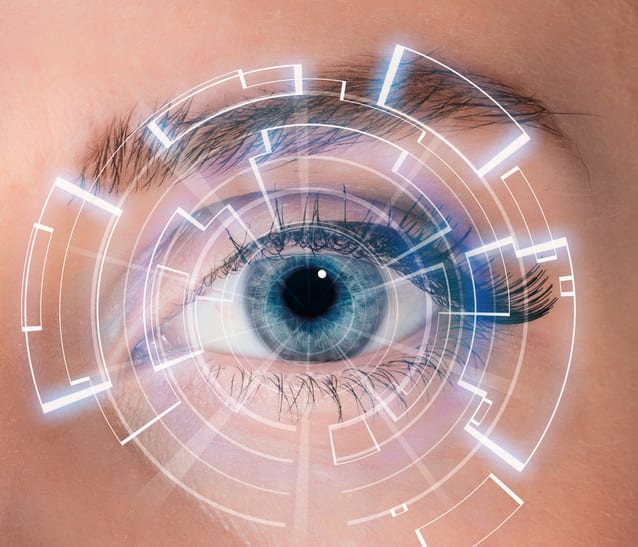How Pop Culture gets LASIK wrong

Picture this: A girl lies on a surgical table, nervously clutching a teddy bear, as the doctor clamps her head into a device that renders it immobile. The doctor places a device in the girl’s eye to hold it open, then says something about having incomplete files, and leaves the room. As the girl calls after him in panic, there’s an electrical pop, and the laser machine turns itself on, reaching levels far above what’s shown on the machine as the maximum wattage. As the girl’s terror mounts, and she frantically grabs for the emergency stop button, the machine suddenly shoots lasers into her eye, ultimately killing her. This is a scene from Final Destination 4, and although it’s a predictable horror movie outcome, it’s a completely ridiculous idea about LASIK.
Let’s be clear, LASIK is not a scary procedure. It’s very safe and nowhere in the possible outcomes does the FDA list “the machine might turn itself on and kill you.” In reality, it’s a painless procedure, performed with amazing precision by an expert surgeon using state-of-the-art technology, and it requires very little downtime. People who undergo LASIK usually report no worse side effect than a gritty feeling in the eye, and for most people, vision improves almost immediately. There are some possible complications from the surgery, but they are more along the lines of chronic dry eye or an eye infection, rather than being fatal.
Of course, not every myth about eye surgery is terrifying. Often, pop culture turns the concept of eye surgery into some kind of magic. Think about some of the common terms: x-ray vision, cyber eyes, and so on. In the 1970s television hit The Six Million Dollar Man, the hero was given bionic eyes, which featured a telescopic zoom lens as well as a microscopic lens, so that he could see things far away or magnify his vision to see tiny objects. The eye was also equipped with infrared technology so that he could see in the dark, and it gave him the ability to detect heat. This all seems pretty far-fetched, but it’s fun to think about all the things you could do if you had magical eyes.
LASIK surgery isn’t magic, but it can feel like magic when a person suddenly no longer needs to wear glasses. After LASIK surgery, most people report clear vision by the morning after LASIK surgery, and that vision continues to stabilize and improve over the days that follow. Those who have undergone LASIK may need a “touch-up” procedure to further improve vision, but most of the people who have had LASIK report satisfaction with the results of the procedure.
If you’re looking for an ophthalmologist or optometrist in Derry, Londonderry or Windham, Spindel Eye Associates is here for you. Celebrating over thirty years of eye care, we proudly provide our patients with personalized eye care using top-of-the-line technology. For more information or to schedule an appointment call 603.421.6536 or contact us through our website.
RECENT POSTS
categories
- Uncategorized
- Eye Exams
- Lasik
- Spindel Eye Reviews
- Cataracts
- Dry Eyes
- Refractive Errors
- Infographic
- Glaucoma
- Macular Degeneration
- Ocular Diseases
- Pulsed Light Therapy
- IPL
- eye care
- eye health
- Eye irritation
- Eye Syndrome
- Eye Doctors
- Diabetes
- Contacts
- LASIK Surgery
- dry eye syndrome Manchester
- Glasses
- Vision Care
- LipiFlow
- Contact Lenses
- Astigmatism
- Crizal Prevencia
- Spindel Eye
- Children
- skin cancer
- Sunglasses
